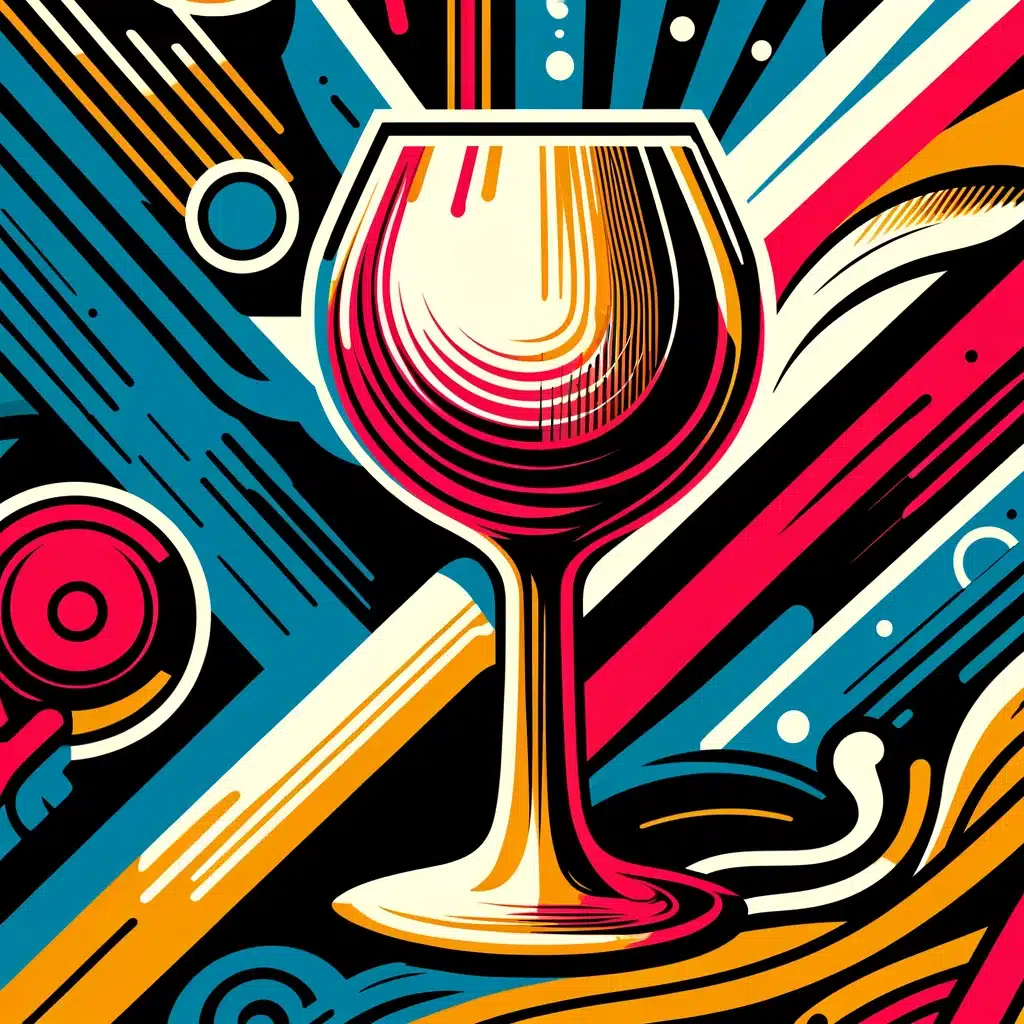
Table of Contents
Unless you plan to guzzle directly from the bottle, investing in wine glasses is a good idea. Sure, you could use those little water glasses leftover from college, or you could fashion a clay drinking mug as the ancient Romans did. Terracotta modiolus, anyone?
It’s probably smarter to take the plunge and invest in proper glassware. This guide will help you pick the best glasses for you and avoid some common mistakes.
Anatomy of a Wine Glass
A wine glass has one basic job: to maximize the pleasure of drinking. Like all good tools, it should get the job done easily with a minimum amount of fuss. Let’s explore the parts of the glass to see how they create the ideal wine delivery system.

The Stem
First, wines are at their peak flavor at specific temperatures, roughly 55°F for white wines and 65°F for reds. The best way to preserve temperature is to avoid transferring body heat. This is why the stem remains the most critical element of a wine glass. There’s no need to raise your pinky while sipping, but if a friend insists on using stemless glassware to taste really good wine, you might have to be that person and bring your own glass to the party.
The Bowl
The parabolic shape of the bowl has two discrete functions: the lower portion increases surface space for your wine, while the top portion captures vapor. This maximizes the amount of oxygen that can integrate into the wine. For the greatest effect, be sure not to pour the wine more than one inch above where the bowl flares outward. You don’t need big wine glasses, just the right ones.
The Rim
The top of the glass should curve inward, leaving just enough space at the rim for your nose. This design allows the scent of the wine to rise up but not escape the glass. This produces a more concentrated scent and maximizes your skills during a wine tasting.
Types of Wine Glasses

Champagne Wine Glasses
The flute serves as the standard style for any type of bubbly. The goal of the flute is to concentrate the delicate scents of sparkling wine and highlight its effervescence. Evaluating the quality of the bubbles is one part of analyzing sparkling wine. The flute makes this task easier and is the reason most wine folks have held onto their flutes, even as Champagne producers increasingly substitute the flute for a standard white wine glass.
White Wine Glasses
Typically, a white wine glass is narrower than a red wine glass. Since white wine should be kept cooler and doesn’t need as much oxygen for optimal taste, the design of these glasses is less critical. As long as you have a tapered rim, you are good to go.
Rosé Wine Glasses
While companies do market glasses for Rosé, they really don’t do anything to enhance the flavor of the wine. Feel free to use any type of stemmed glass.
Red Wine Glasses
There are two basic designs: standard-sized glasses and oversized glasses. You often see the oversized ones in restaurants when someone buys an expensive bottle. They look really cool, but in truth, there’s a little bit of wine theater going on: studies have shown that customers will perceive a glass of wine as more luxurious and delicious if it comes from a large bowl.

Do You Need More than One Glass?
In short, no. If you drink bubbles, then you should have some flutes on hand. Other than that, there is no reason to use anything but a basic wine glass. The companies you see hawking glasses are basing their design on outdated research.
The current science shows that a glass with a narrow rim and a wide bowl is the most effective way to enjoy wine. Our recommendation is to stay away from stemless and acrylic wine glasses.
Here at the wine school, we love science. Here are the citations: One Two Three Four
The Best Wine Glasses
If you are interested in learning how to taste wine professionally, buy one simple glass and use it for tasting all types of wine except sparkling wine. This helps provide a baseline to evaluate wine uniformly. We design our own wine glasses, which we use for all our wine classes.
The best glasses are not the most expensive. Save your money for wine and maybe a sommelier wine course.
Frequently Asked Questions
Which glass goes with which wine?
As long as you use a wine glass with a stem, don’t worry about which wine glass goes with which wine.
What are three types of wine glasses?
The three major types of wine glasses are red wine glasses, white wine glasses, and champagne flutes.
Do wine glasses really make a difference?
Outside of the basics of having stemmed glassware, the claim that glassware makes a difference is based on marketing, not science.
